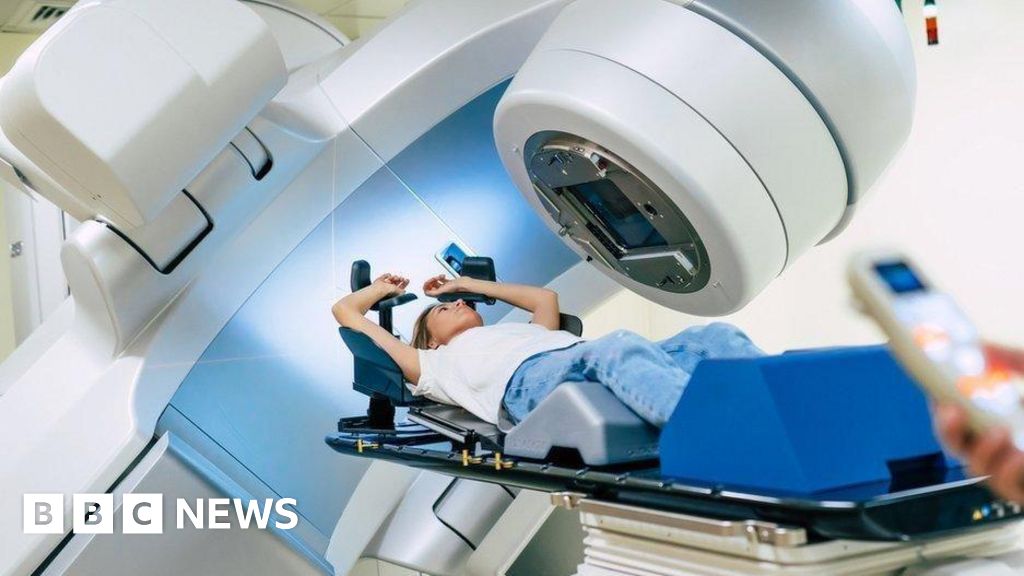People sitting their driving theory test will soon need to swot up on life-saving cardiopulmonary resuscitation (CPR) skills, the UK's Driver and Vehicle Standards Agency (DVSA) has decided.
All road users are being encouraged to learn the basics and know how to use a defibrillator in an emergency.
It's hoped the questions, which will be added to the car and motorcycle theory test in early 2026, could prevent avoidable deaths.
Drivers are often first on the scene when someone suffers a cardiac arrest, says the DVSA.
Adding the information into the official learning materials means that the 2.4 million learner drivers who take their theory test each year will have a better understanding of the skills to use in an emergency, it says.
Learning materials have already been updated with the new content, including questions such as "Who can use a public access defibrillator?" - the answer being "everyone".
A defibrillator gives a jolt of energy to the heart, which can help get it beating normally.
The devices are designed to be user-friendly, with clear instructions.
If CPR is given and a defibrillator used within the first minutes of collapse, survival rates could be as high as 70%, evidence suggests. Without it, fewer than one in 10 survive.
If someone is unconscious and not breathing normally, call 999 and start CPR straight away.
This can be "hands-only" CPR to deliver timely chest compressions to get blood pumping.
One of the new theory test questions is about the correct depth to push down.
To carry out a chest compression, the NHS advises:
- kneel next to the person and place the heel of your hand on the breastbone at the centre of their chest. Place the palm of your other hand on top of the hand that's on their chest and interlock your fingers
- position yourself so your shoulders are directly above your hands
- using your body weight (not just your arms), press straight down by 5 to 6cm (2 to 2.5 inches) on their chest
- keeping your hands on their chest, release the compression and allow their chest to return to its original position
- repeat these compressions at a rate of 100 to 120 times a minute until an ambulance arrives or for as long as you can
James Cant, chief executive of Resuscitation Council UK, said: "We're delighted to be working with the DVSA and other partners to introduce CPR and defibrillator awareness into the driving theory test.
"By embedding these life-saving skills into such a widely taken assessment, we can help ensure that more people, from all communities, gain the knowledge and confidence to act during a cardiac arrest."

 9 hours ago
3
9 hours ago
3










 English (US)
English (US)